Note: I call this a “No Recipe” recipe because the quantity of the ingredients listed is just a guide. You can modify them to suit your own taste. It really doesn’t matter if your pork shoulder is 3 pounds or 4 pounds. Just adjust your cooking time so that your meat is tender. If you don’t like as much garlic flavor, use less. If you want more garlic flavor, either don’t roast the garlic first (I like the flavor of roasted garlic better than “raw” because it’s milder) or use more garlic cloves than I did. The one thing I suggest you do the same is to keep the cumin because I think the wonderful aroma and flavor is essential. But, hey, it’s your kitchen and your meal – do what makes you happy!
1. Preheat your oven to 325F.
2. Place your pork shoulder fat side up in a roasting pan, or, even better, a Dutch oven. But, whichever pan you choose, make sure it isn’t too much wider than the size of your pork. (Because my roast was relatively small and I didn’t have a roasting pan that small, I ended up cooking mine in a square cake pan and it turned out great.) Why? Because you want some liquid around the roast to keep it moist, you don’t want to have a lot of extra width and you want the fat side up so that it will also help keep the pork moist while it cooks.
3. Make some deep slashes in the top of your pork. You definitely want to cut far enough that you go through the fat and into the meat. This will allow all of the yummy juices and spices to flavor the meat.
4. Pour the orange juice over the pork making sure to get it into the slashes you made in the meat and allowing the rest to pool in the pan.
5. Juice the limes and lemon and pour that, along with any pulp that comes out, over the pork just the way you did the orange juice, making sure some rests in the crevices.
6. Sprinkle the cumin over the pork fairly thickly. Remember, most of it is only hitting the outside so don’t worry if it looks like it’s too much, it isn’t. This flavor is so wonderful! Try to get as much into the crevices as you can.
7. Sprinkle the oregano over the pork.
8. Distribute the minced, roasted garlic, again trying to get it into the slashes so that the flavor gets into the meat and not just onto the fat.
9. Add salt and pepper to your taste. Be a little generous because, as previously mentioned, there’s a fat layer on the top (you want that fat there to keep the meat moist while cooking) and a lot of the seasoning will not actually get into the meat so you will need a bit more seasoning than you would if the fat was not there.
10. Evaluate the liquid level in your pan. Here’s where the water comes in. You may not need the water if your pan was not too big. But, if the liquid is really low, say less than a quarter of the height of the roast or less than a half inch (it’s your call) then you may want to add a little water so that it helps keep the roast moist as it cooks. Don’t add a lot, though. You don’t want to dilute the wonderful citrus flavors.
11. Cover the pan with aluminum foil and roast for about an hour and 30 minutes. Our goal here is to basically cook the roast covered for half the time and uncovered the final half so that it is nicely browned.
12. After the first hour and a half, remove the aluminum foil and continue to cook until the meat is tender and pull apart yummy.
I can’t give you an exact time because it will depend on the size of your pork shoulder and your oven. Mine took approximately 3 hours.
13. Once the meat is done, remove the top layer of fat before serving.
Enjoy!
————
Do as I say, not as I did idea:
After I typed out this recipe here, it occurred to me that the next time I make this, there’s an improvement I intend to try. Since I haven’t tried it, I’m not going to change my recipe to incorporate it, but I’ll throw it out here in case anyone else wants to give it a try, too. I think it’s important to keep the fat layer on the roast because it serves the important function of keeping the roast moist during it’s long and slow cooking – which a pork shoulder needs. But, the disadvantage of the fat layer is that it does block some of the seasoning from getting into the meat. Now, I believe my recipe overcomes this, but the idea is to have my butcher remove the fat layer in one piece, but then put it back on so that I buy it with the roast, but it’s not attached. (I hope that makes sense.) This way I can season the roast underneath the fat layer and then place the fat layer back on top to serve it’s purpose. Another, minor, advantage this approach would have will be that at serving time – since it will be very easy to remove the fat layer prior to eating. Maybe it will work and maybe it won’t. Something to try. I’ll update the recipe once I make it this way.















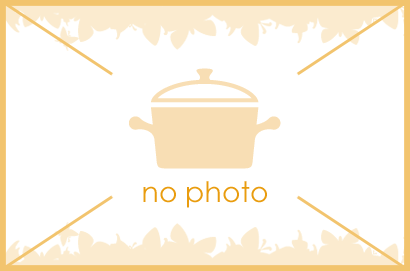


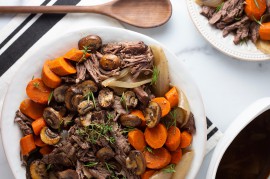
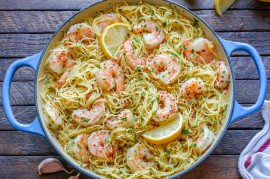


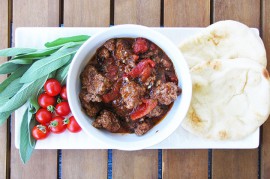
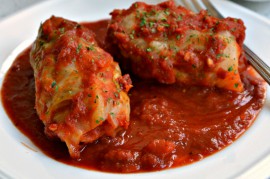
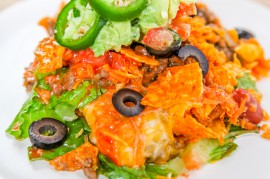
2 Comments
Leave a Comment
You must be logged in to post a comment.
barb on 9.6.2010
I probably make this type of pork roast more than any other roast because of it’s versatility.
Twinks on 8.31.2010
This sounds great. I think hubby would love it!